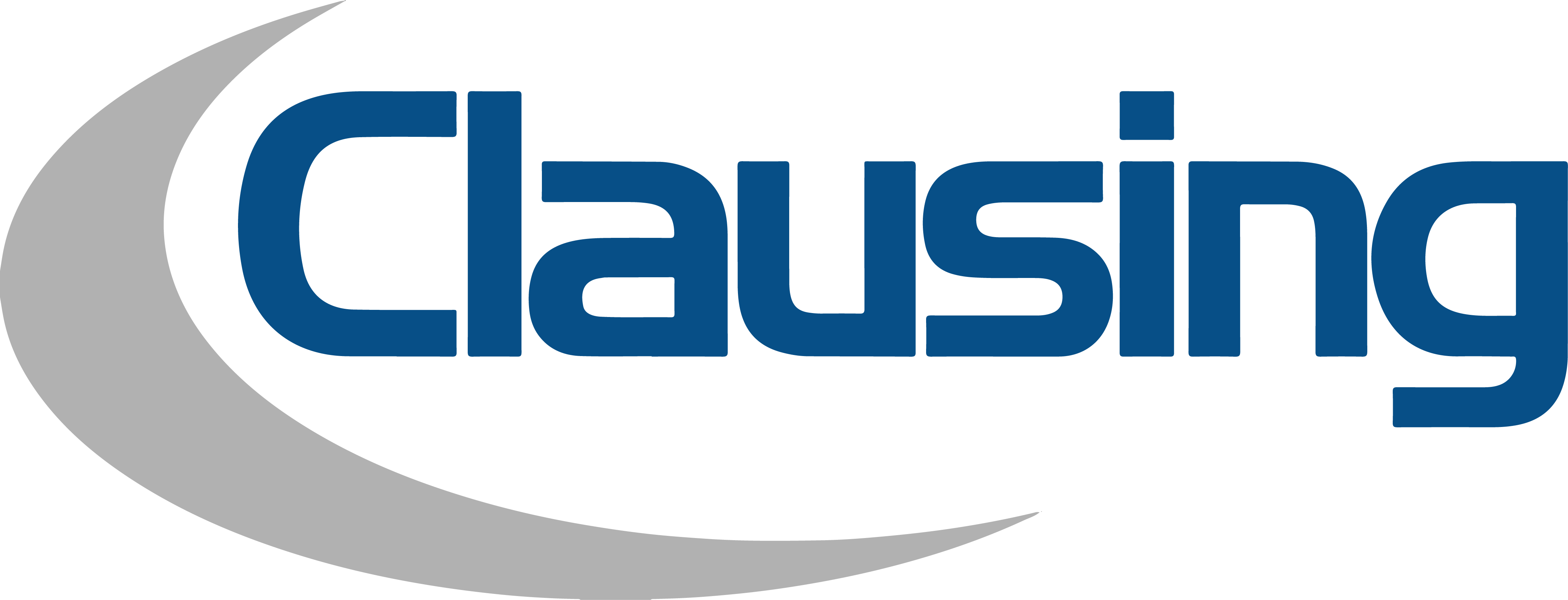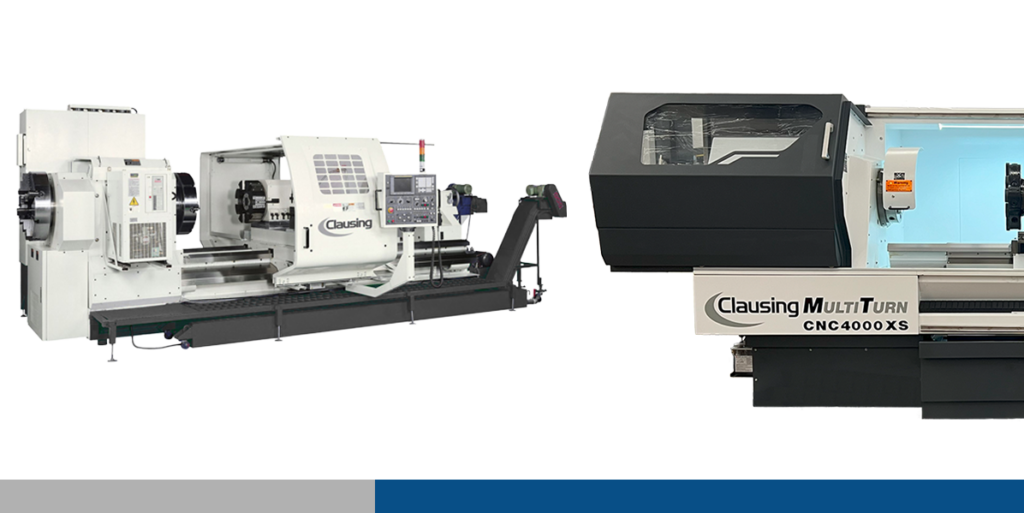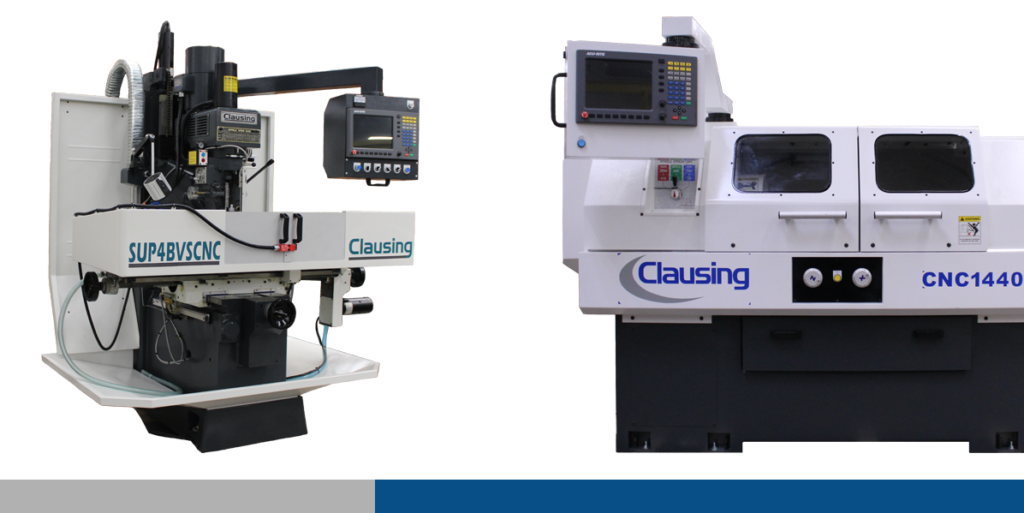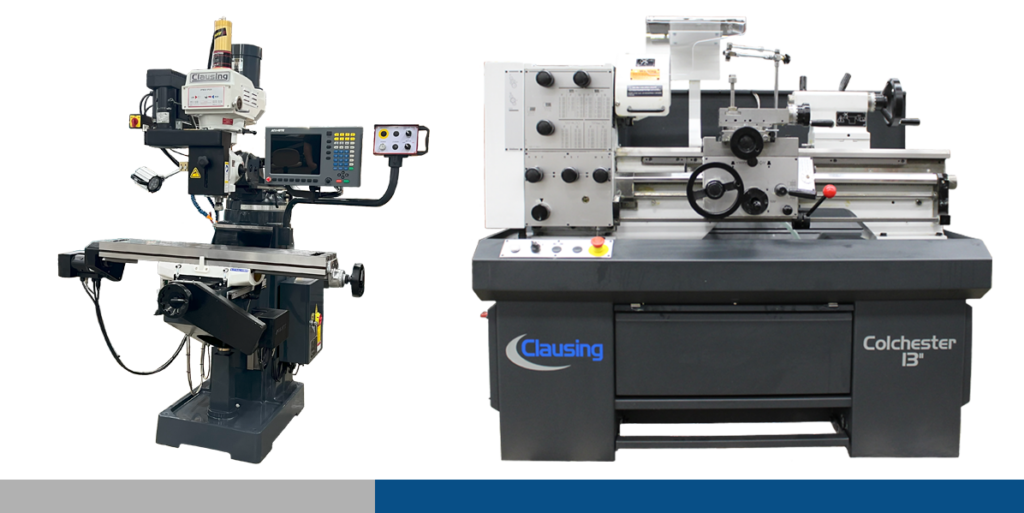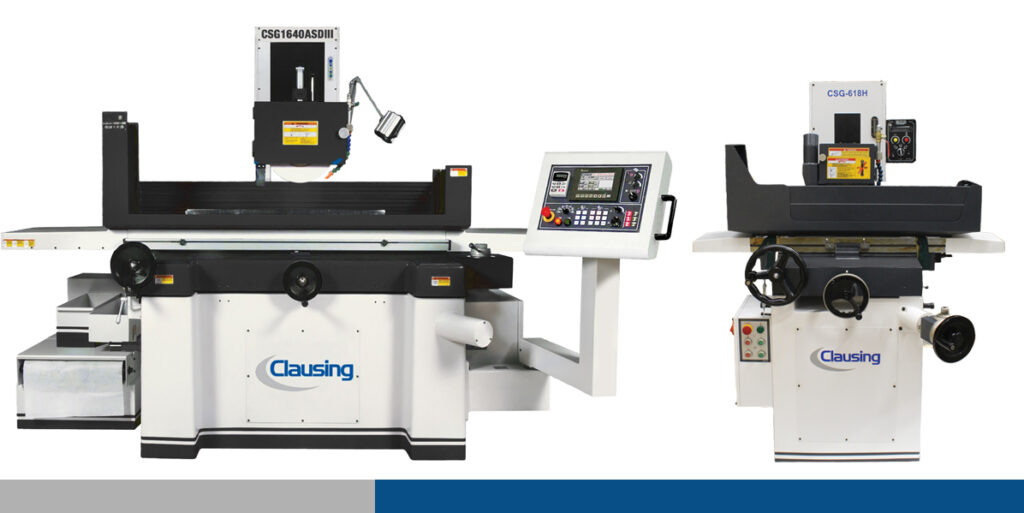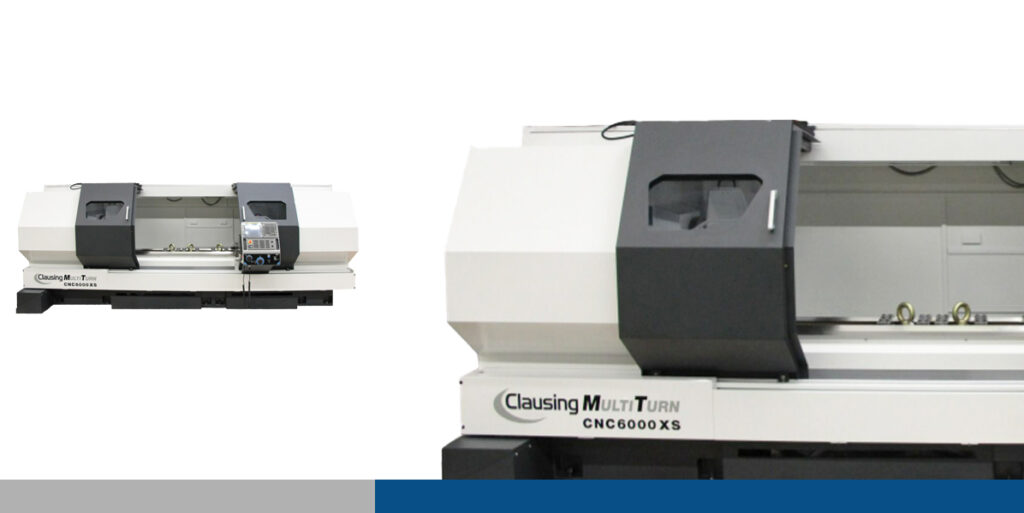CNC Machining Versus Conventional Machining
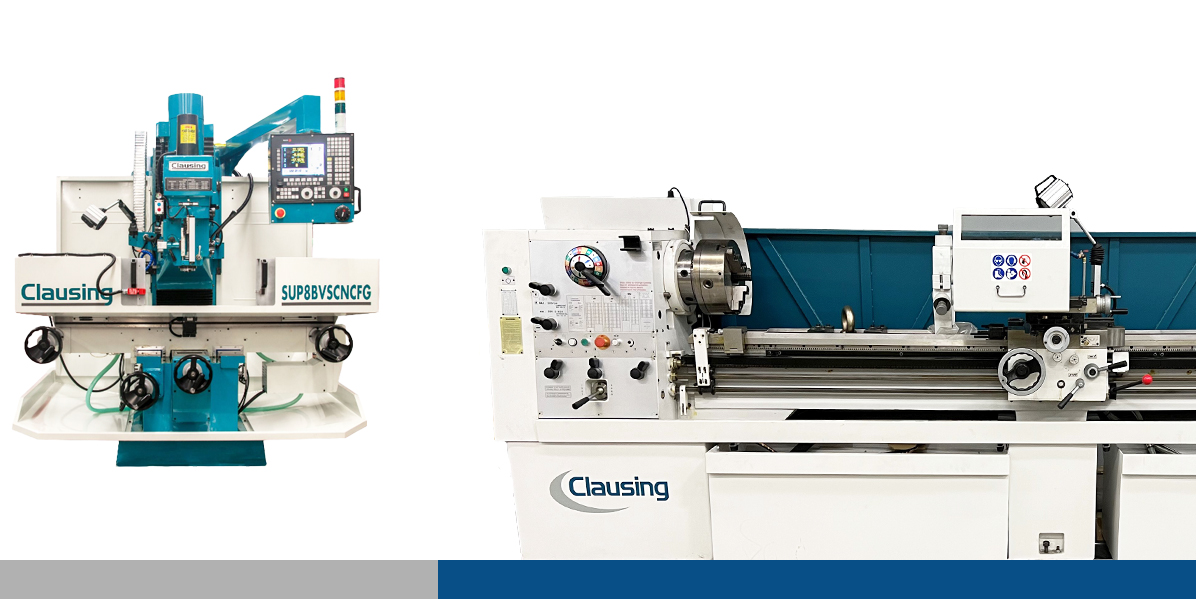
Original equipment manufacturers (OEMs) everywhere partner with machining shops to produce parts for their final goods. The approaches shops take to machining differ, but there are two primary methods — computer numerical control (CNC) and conventional machining.
What Is CNC Machining?
CNC machines utilize software to control movements with technology guiding the machining tools required for the part through the necessary creation paths. The CNC machine follows the coded instructions to produce components to exact specs.
These machines typically receive programming language, called G-code, from other software, such as computer-aided design (CAD), computer-aided manufacturing (CAM) applications, or conversational software that can be implemented into the control. Almost any type of conventional machining equipment comes in a CNC version today, including commonly used ones like grinders, mills, and lathes.
What Is Conventional Machining?
Conventional machining is the traditional approach to parts production and manufacturing as a whole. In this process, a human operator guides the equipment’s tool movements, using features like switches, foot pedals, buttons, and wheels to control various functions.
As a result of human control, the operator controls aspects like where and how the tool contacts the workpiece. These workers will take manual measurements using tools like micrometers or calipers to confirm that the part aligns with the print specifications.
Comparing CNC Machining Versus Conventional Machining
Each machining method has advantages and disadvantages that may make one a more suitable choice for a specific application.
Conventional Machining Benefits and Drawbacks
The primary benefit of conventional machining is its economy. It is typically more affordable than CNC machining since less sophisticated equipment is involved. Shops can spend significantly less to acquire their machining solutions, making it ideal for small businesses and those just starting in the industry. Owners also don’t have to invest in hiring qualified CNC programmers, which results in additional savings.
Another advantage of conventional machining is its usefulness in small-batch production. Where creating and testing programs for CNC machines may take significant time and effort, conventional machining involves much less setup and provides more value for low-volume orders.
However, traditional machining has numerous drawbacks, including inefficiency. The human control element makes the approach labor-intensive. Each machine requires a single, dedicated operator, which can drive up labor costs. These workers also need training and experience to operate the equipment effectively. With wages rising in a tight labor market, owners may have to spend more to acquire and retain the best conventional machining talent.
Conventional machining can be error-prone since even a slight variation in applied pressure or speed can significantly influence the workpiece. As a result, it can be challenging to achieve batches that meet quality expectations and project specs consistently.
Additionally, maximizing tool life can often be challenging with conventional machining due to operator inconsistency and no servo motor-driven movement. With both CNC and conventional machining, operators must intuitively assess results to determine when they need to replace their tooling.
CNC Machining Pros and Cons
The main advantage of CNC machining lies in its precision, versatility, and repeatability. The technology can easily produce accurate geometries and finishes consistently, which translates to improved quality for customers. This equipment can also handle complex surfaces and intricate cuts much more efficiently and precisely than manual machining, especially when it features multiple axes. CNC machines allow operators to perform different processes in the same setup, greatly increasing flexibility and time savings.
A second benefit of CNC machining is its operational efficiency, it’s ideal for high-speed, high-volume production. Operators need less experience and training to run the equipment once the program is tested and the tools are set. Additionally, one operator can oversee several CNC machines simultaneously, letting shop owners save on labor expenses by hiring only the staff they need.
In some cases, CNC machining offers additional value by promoting more efficient tool use. Sophisticated equipment often includes sensors that monitor for wear or conditions like high operating temperatures that can decrease tool life.
Improved workplace safety is yet another advantage of CNC machining. Unlike conventional machining, this approach requires minimal contact between the equipment’s moving parts and the operator. Furthermore, modern CNC equipment typically features robust protections like safety doors that shield the operator from chips, coolant, and unexpected crashes.
The primary drawback to CNC machining is its higher cost to acquire the technology and the programming cost associated. However, its numerous benefits and increased income potential help offset and justify these costs for many savvy shop owners.
Contact Clausing Industrial for Computer Machining Equipment
At Clausing, we embrace our role as industry leaders in developing, producing and distributing conventional and CNC machining solutions. We carry a complete lineup of CNC lathes, knee and bed mills, and cylinder grinders to support our customers’ projects. Clausing draws from over 100 years of industry knowledge and backs our high-quality products and expertise with best-in-class customer support. Today, we help shops worldwide identify, buy and maintain their investments with a skilled team and extensive parts inventory.
Contact us for advice on an equipment purchase or request a free quote today.
Related Posts
Latest Posts
Categories
Article
Guide
Tips
Topics
CNC Machines
Standard Machines
Tags
Clausing
CNC Lathes
